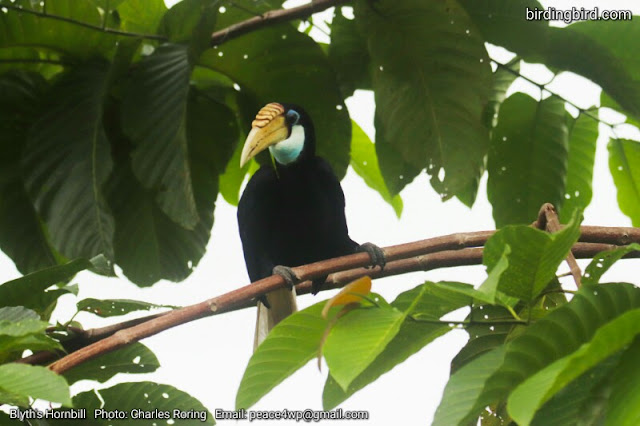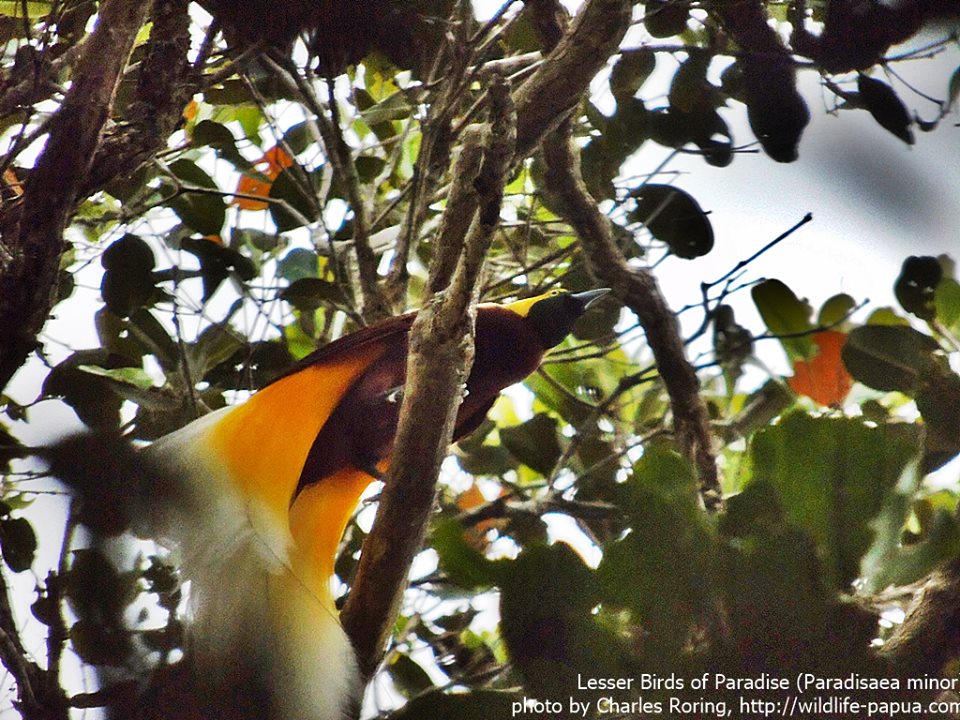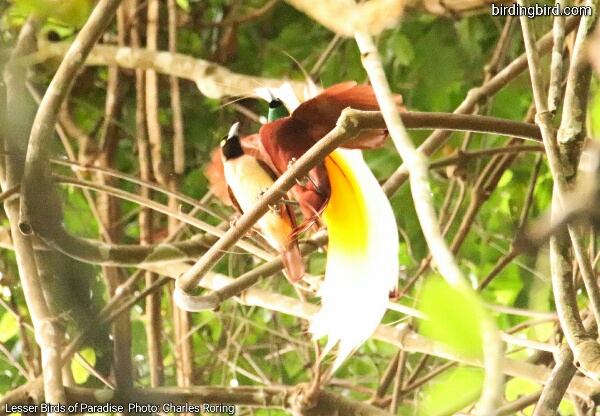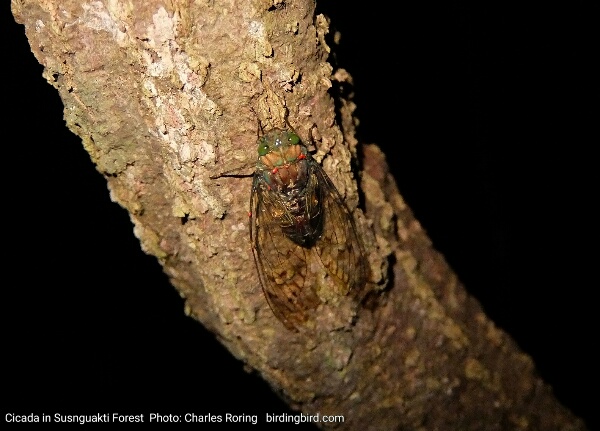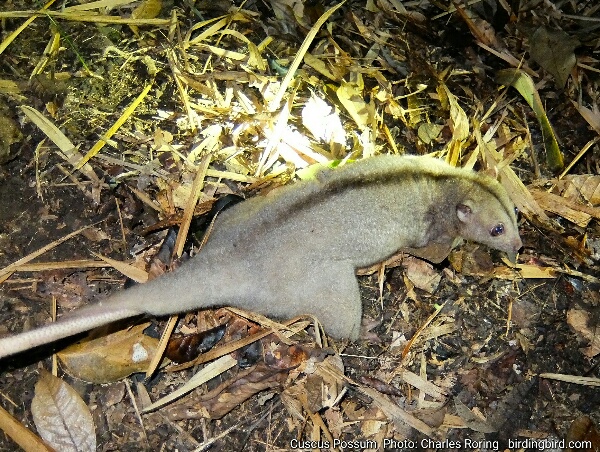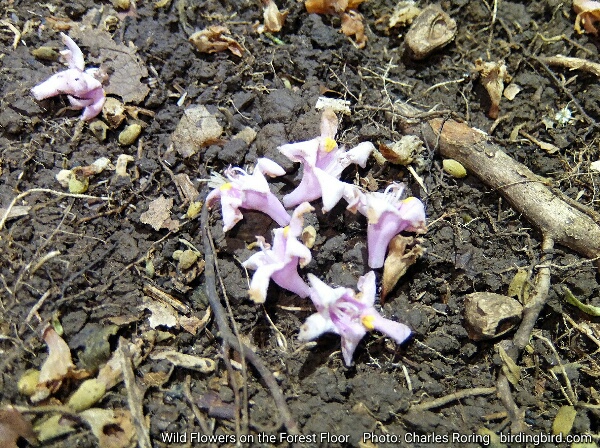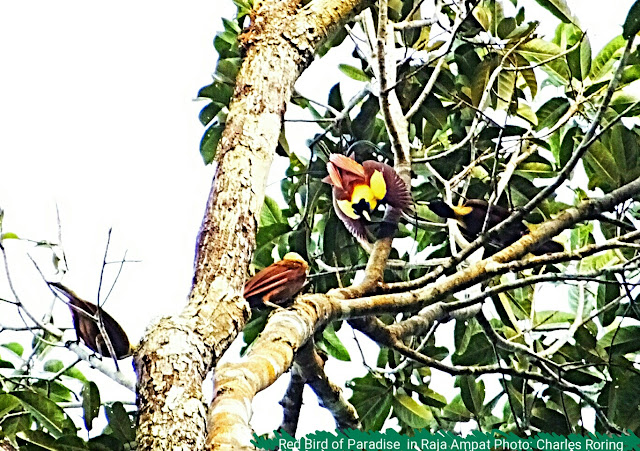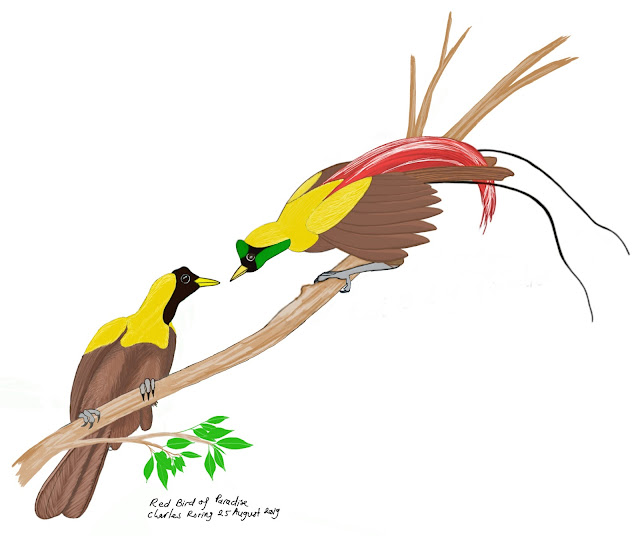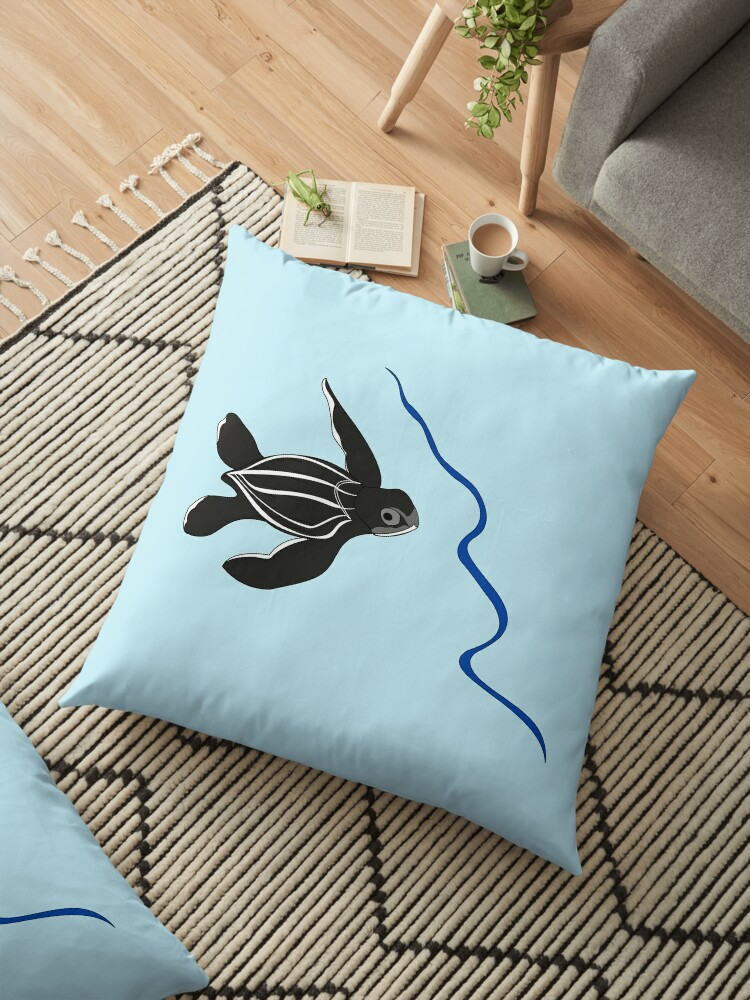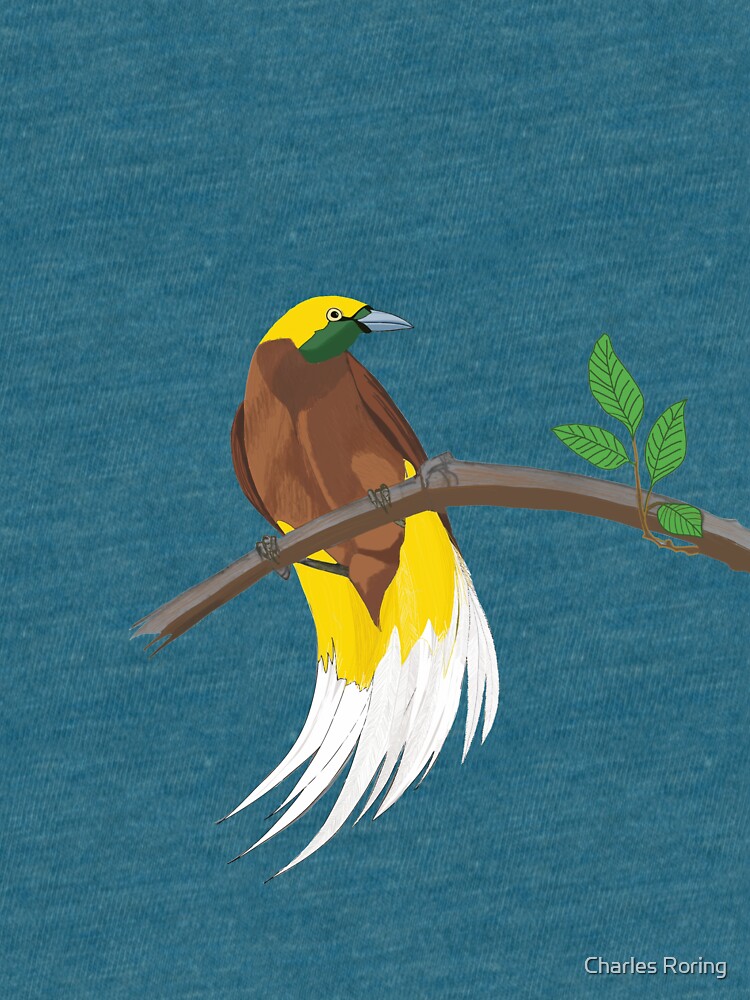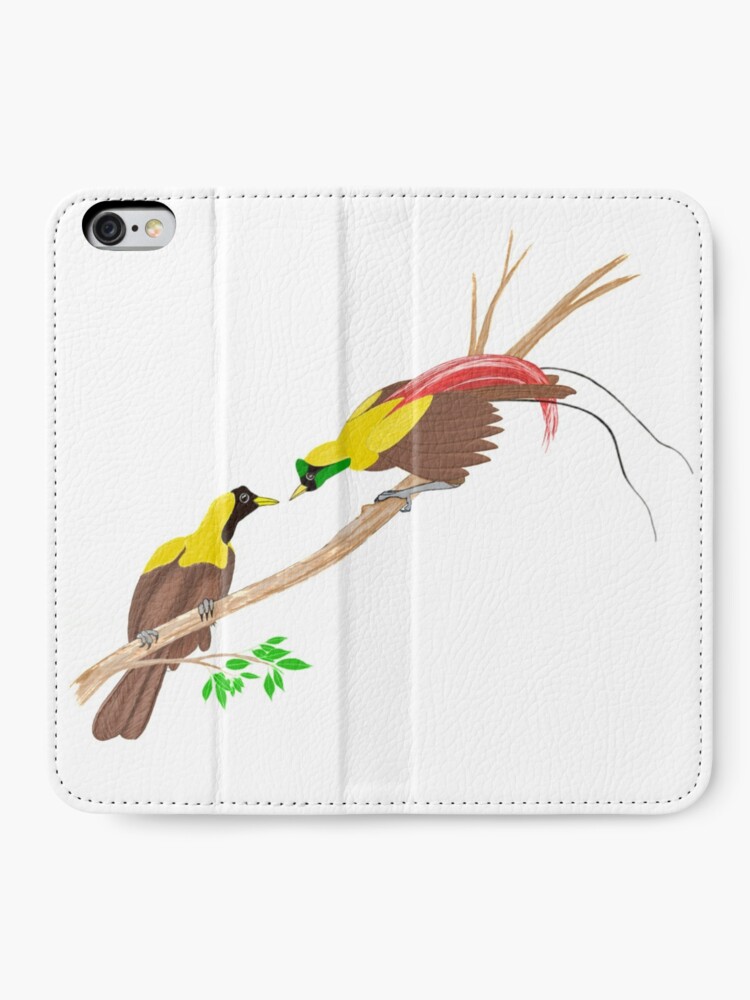A few weeks before Covid Pandemic reached Sorong city and Raja Ampat, I was in Waigeo island of Raja Ampat. I was guiding Michael, a birdwatcher from the United States.
In the morning, we woke up very early at 03.40 to make preparations. We did not have much time to make coffee or tea. So, we only drank water. At 04.00 we left the homestay where we stayed for a beach located in the south of Waigeo island.
It was still dark so I used my flash-light to help our boat driver. He carefully maneuvered his boat between hard corals that grow in the front waters of the homestay. When the boat reached the open water, he raised the speed. Our boat was just a long wooden boat with a 40 horse power Yamaha outboard engine. It took only around 15 minutes to reach the beach. After that we continued our trip walking along the slope path that led us to the dancing ground of Wilson's Bird of Paradise. We walked for around 1 hour until we reached our destination which was a small hut covered by dark brown plastic tarp.
Inside the hut there were two benches roughly made of hard wooden planks. On the front side of the hut that was facing the display ground of the paradise bird, there were around six rectangular holes that were cut through the thin tarp to allow visitors to watch the Wilson's Bird of Pararise.
The sun was slowly rising in the east giving light to the forest. Some birds began to sing. I could hear the sounds of Helmetted Friarbird, Hooded Butcherbird, Common Paradise Kingfisher and several other birds which I could not identify.
 |
| Male Wilson's Bird of Paradise was calling his female partners |
Minutes later we heard the calls of the male Wilson's Bird of Paradise (Cicinnurus respublica). He landed on wooden sticks in front of us. We were amazed by the bright colors of the paradise bird. His wings were red, neck was yellow and head was light blue. The chest was dark green. His feet were dark blue. The side of the body and the underpart were dark. The tails or the antennas were also dark. This bird was fabulous.
He tried to attract his female counterparts by performing is courtship dance. He played his antenna, jump to the stick trunk where a female bird was sitting. Actually, there were three female birds that came that morning. Well, it was a mating season for Wilson's in March, I guess. It was interesting to see that birds of paradise were mating during rainy season.
I took a lot of pictures of the birds. When it was still dark, I was struggling with my camera trying to find the best setting that could produce sharp pictures. All that I got were blurred ones. Finally, I found the best setting and then I could make reasonably good photographs in lowlight condition. I did not use tripod when taking pictures. I only held my camera by hand.
It was a successful trip and we returned to our homestay with big smile and a lot of positive comments about the bird.
We immediately took our breakfast and then returned to our bedrooms to take a rest. One hour later, We enjoyed snorkeling and freediving at the front waters of the guesthouse where I saw Striped Surgeonfish, Anemonefish, Moorish Idol, Giant Clams, and etc. It was a lovely Sunday morning.
Please, book your trip
If you are interested in taking a combined birdwatching and snorkeling tour in Raja Ampat, please, contact me (Charles Roring) by e-mail to: peace4wp@gmail.com or by whatsapp to: +6281332245180.
Also read:
Birds of Paradise Watching Trip
Raja Ampat Birds
Evening Birds in Raja Ampat
We immediately took our breakfast and then returned to our bedrooms to take a rest. One hour later, We enjoyed snorkeling and freediving at the front waters of the guesthouse where I saw Striped Surgeonfish, Anemonefish, Moorish Idol, Giant Clams, and etc. It was a lovely Sunday morning.
Please, book your trip
If you are interested in taking a combined birdwatching and snorkeling tour in Raja Ampat, please, contact me (Charles Roring) by e-mail to: peace4wp@gmail.com or by whatsapp to: +6281332245180.
Also read:
Birds of Paradise Watching Trip
Raja Ampat Birds
Evening Birds in Raja Ampat





